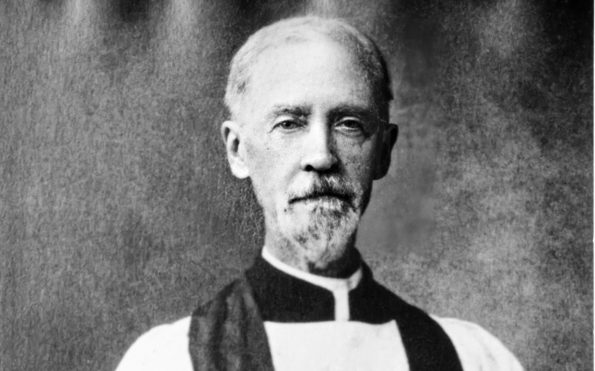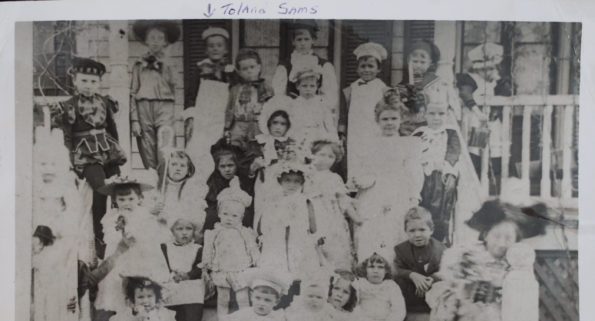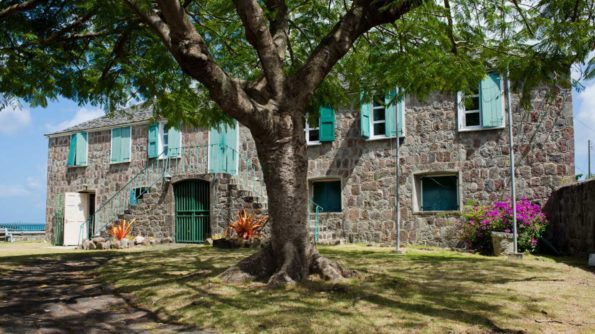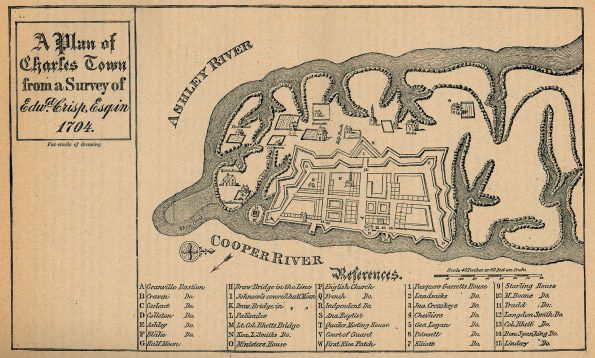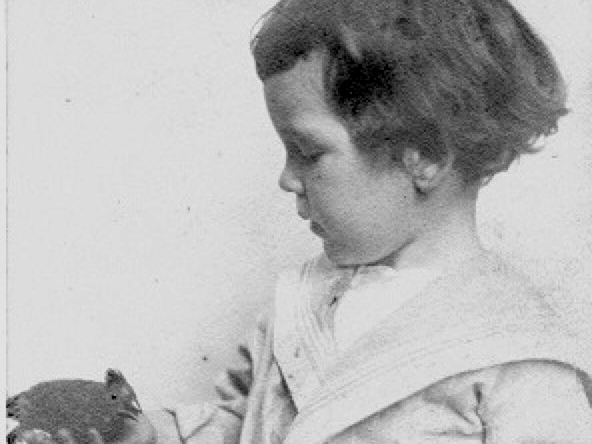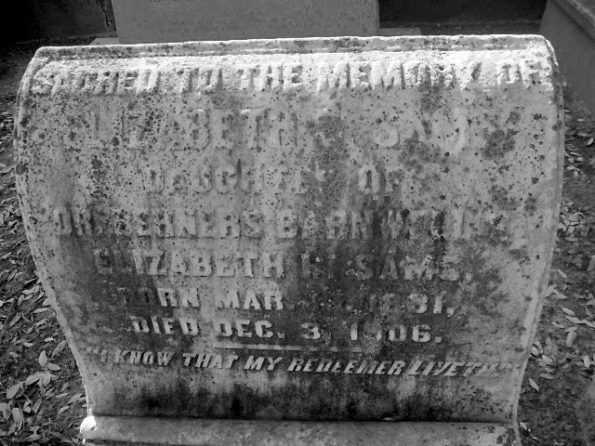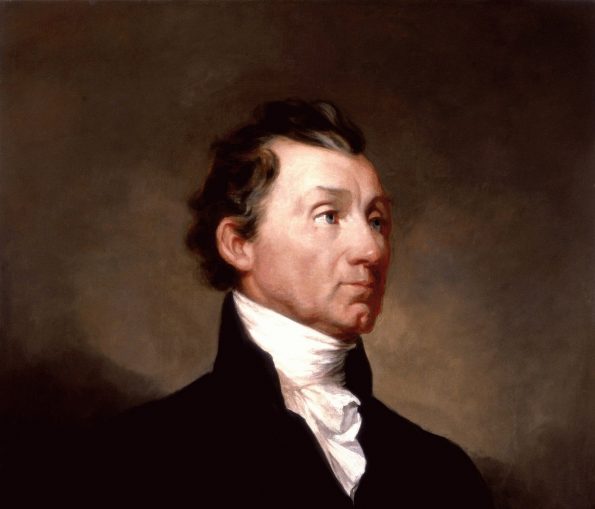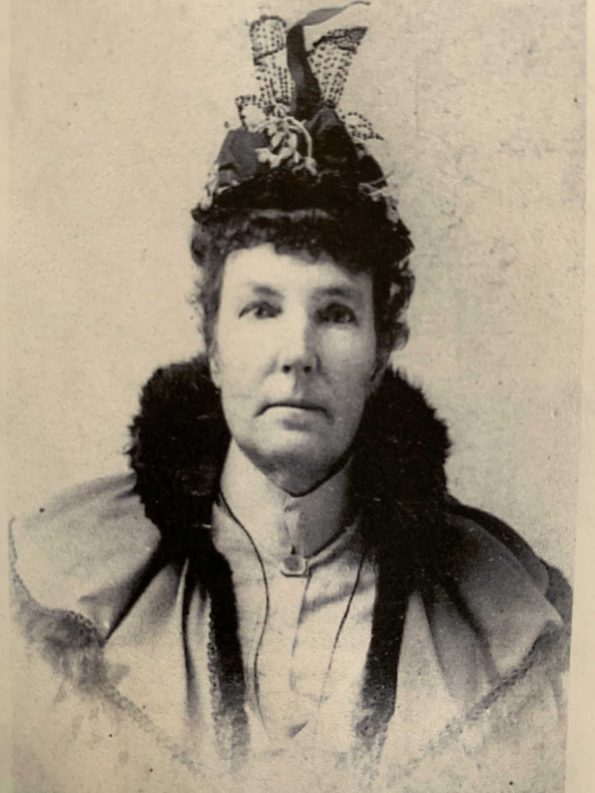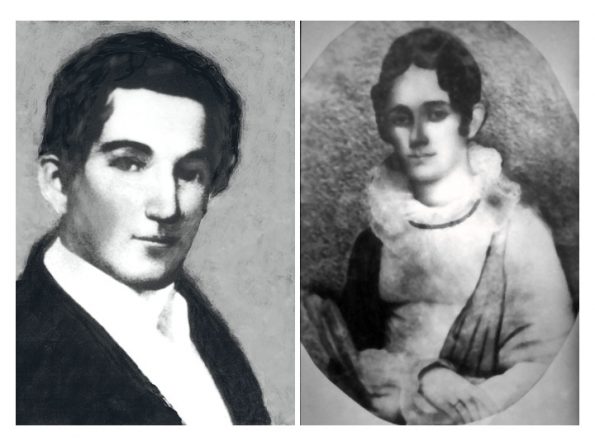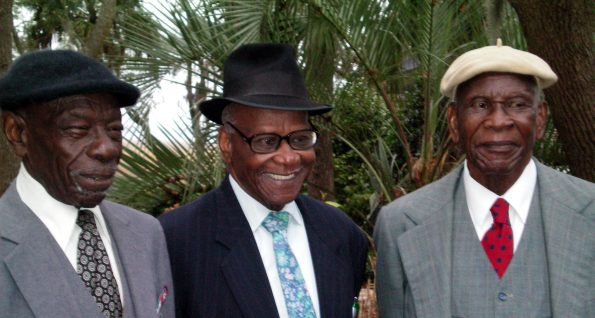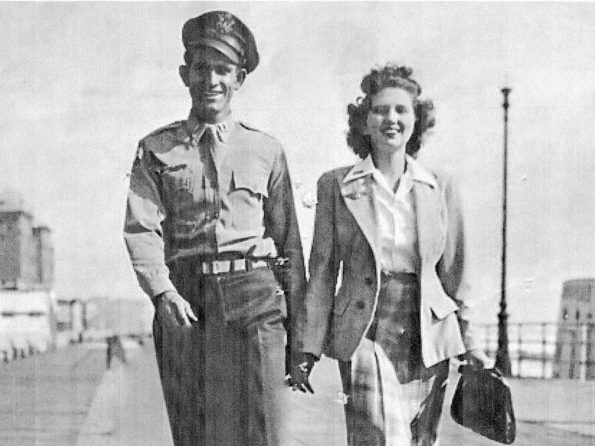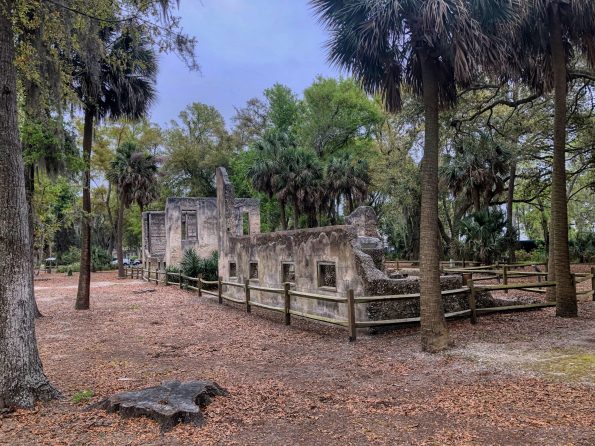For 2020, I’ll Be Writing A Series Of Short Articles About 52 Members Of The Sams Family; 52 Sams In 52 Weeks.
These articles will be announced each week via email to DatawNet, and the articles themselves will be posted on our redesigned website every Tuesday morning. I was inspired by professional genealogist Amy Johnson Crow and her “52 ancestors in 52 weeks” project. She has suggested inspirations for picking an ancestor to write about, and I’ll loosely follow some of these.
Dataw Historic Foundation members and visitors to our History and Learning Center know of the Reverend James Julius Sams. His memoir, written I believe at the request of nephew Conway W. Sams in about 1905, is unique. No one else has written such an intimate first-person account of growing up on Dataw Island, SC. And his recollection of details about the family and his father’s (Berners Barnwell Sams) house on Dataw has been quoted by acknowledged experts in their fields such as Lawrence Rowland and Colin Brooker. This week I have included J. Julius Sams’ memoir in its entirety in the Sources section below. Enjoy reading about Dataw & Oak Islands circa 1840 thru the adventures of two boys, Julius and Horace Sams. In the meantime, let me tell you a bit more about Reverend J. Julius Sams, the man.
This week is about what NAMES can reveal. As an amateur genealogist, I know that names can provide clues to a person’s past but can also present a brick wall. Discovering the ancestors of William Artman Riski is much easier than John Smith. Sometimes a naming pattern can provide us leads that we might otherwise overlook. This week I investigated the names of the seven sons born to William and Elizabeth Sams and found several surprises, including a British tradition.
The theme this week is a SMALL WORLD. In the years leading up to our Declaration of Independence from Great Britain, Beaufort was a thriving shipping port. One of the prominent merchants operating along the bay in Beaufort was Peter Lavien (1746 – 1781). He moved to the town in 1765 from Sankt Croix, then under Danish rule. (Today St. Croix is part of the US Virgin Islands.) The small world connection I discovered involves his younger half-brother. The brother eventually also moved to the Colonies from Sankt Croix but landed in Boston in 1772. Today, I’m going to tell you a bit more about the families of both brothers.
The theme this week is LONG LINE. Many of the ‘Datha Sams’ followed a journey over the generations away from Beaufort. Some left to pursue their dreams elsewhere (e.g., Edward Sams to GA and FL), others were pushed out by the Civil War and chose not to return. A few returned after the war and stayed, creating a long line of living in Beaufort. The long line in South Carolina began before William and Elizabeth’s purchase of Datha Island in 1783. It extends back to ancestors born in the U.S. in the 17th Century.
The theme this week is NEWSWORTHY. In Week 7, I told you about the Sams descendants that the Roney’s discovered on a trip to Florida. I ended that article with this statement,
“A Sams descendant owned a controversial painting claimed to be the only portrait Eva Perón posed for in her life! Yes, that Evita!” A newsworthy mystery for sure. The man behind this story is Anderson Childe Bouchelle (1908 – 1993).
The theme this week is MY FATHER’S LIFE. Elizabeth Exima Sams (1831 – 1906) was born March 16th, 1831, to Elizabeth Fripp and Dr. Berners Barnwell Sams. Her mother was 17 when she married Dr. Sams and bore him eleven children before she died in childbirth with daughter Elizabeth. Fortunately, Elizabeth E. Sams lives a long life in South Carolina. A year before her death, she travels from Beaufort, South Carolina to Norfolk, Virginia, to visit her nephew, Conway Whittle Sams (1864 – 1935). While there, Elizabeth tells her nephew all about his grandfather, her father, Dr. BB Sams. We have no similar first-person accounts of any of the other six brothers (i.e., William and Elizabeth Sams sons).
The theme this week is MIDDLE. We are at week 26 and half-way through 2020. This gave me an idea for a new historical perspective on the Sams. Just imagine, when Dr. Lewis Reeve Sams, Jr. and his brother Miles Brewton Sams were in their teens – so were Abraham Lincoln, Ralph Waldo Emerson, and Harriet Beecher Stowe. What these have in common is 1822. The Sams era on Datha Island started in 1783 and ended abruptly in 1861. The middle of that period was 1822.
The theme this week is WIDOWS. Since June 23rd is International Widow’s Day, I decided to do some analysis on our Sams genealogy database and see what it reveals about widows in the Sams families of the 19th century. Our genealogy database contains over 2500 people. That’s way too many people to sift through and find the widows. The area I’ll be focusing on is a family tree with William & Elizabeth Sams at the top. The second and third generations below them are mostly complete. Still, for about one-third of the women, we have insufficient information to determine if they lived to adulthood and married. I’m going to identify the WIDOWS who are direct descendants in these first three generations of SAMS, counting William & Elizabeth as the first generation.
The theme this week is UNEXPECTED. For a long time now, we’ve had beautiful copies of portraits of Dr. Berners Barnwell Sams and his first wife, Elizabeth Fripp. Yet, as you can see in this article, the same is not true for his older brother Lewis Reeve Sams or his first wife Sarah Fripp. All we have are poor quality black and white portraits. I’ve always hoped we would someday find better portraits. A few weeks ago, I had a eureka moment.
This week’s theme is UNCERTAINTY. Take, for example, who is buried in the Cotton Dike Cemetery? This story begins in 2004 with an interview with two brothers, then wanders through monuments, ground-penetrating radar, a rededication ceremony, and the British territory of Saint Helena Island. It ends with the recent graveside service of Andrew Robinson. We are grateful to Andrew, his brothers, and his nephew for bringing a measure of certainty to our Cotton Dike cemetery.
May 16, 2020, is Armed Forces Day. It’s a day to honor Americans serving on active duty in the five U.S. military branches of our Department of Defense. As a retired United States Air Force officer myself, I couldn’t resist focusing this week’s theme of SERVICE on telling you about Sams descendants that spent a career in the USAF or its predecessor, the Army Air Corps.
Fire – Dangerous Necessity
We are fortunate to have in our Sams Plantation Complex Tabby the ruins of several chimneys. Here’s an easy question. How many pre-1820 chimneys can you see on Dataw Island today? The answer is 12!


